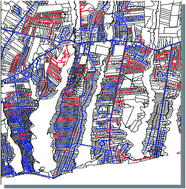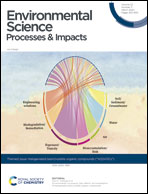Reproductive and developmental health effects of prenatal exposure to tetrachloroethylene-contaminated drinking water
Abstract
Tetrachloroethylene (PCE) is a common contaminant in both occupational and community settings. High exposure levels in the workplace have been shown to have adverse impacts on reproduction and development but few epidemiological studies have examined these effects at the lower levels commonly seen in community settings. We were presented with a unique opportunity to examine the reproductive and developmental effects of prenatal exposure to PCE-contaminated drinking water resulting from the installation of vinyl-lined water pipes in Massachusetts and Rhode Island from the late 1960s through 1980. This review describes the methods and findings of two community-based epidemiological studies, places their results in the context of the existing literature, and describes the strengths and challenges of conducting epidemiological research on a historical pollution episode. Our studies found that prenatal exposure to PCE-contaminated drinking water is associated with delayed time-to-pregnancy, and increased risks of placental abruption, stillbirths stemming from placental dysfunction, and certain birth defects. No associations were observed with pregnancy loss, birth weight, and gestational duration. Important strengths of this research included the availability of historical data on the affected water systems, a relatively high exposure prevalence and wide range of exposure levels, and little opportunity for recall bias and confounding. Challenges arose mainly from the retrospective nature of the exposure assessments. This research highlights the importance of considering pregnant women and their developing fetuses when monitoring, regulating, and remediating drinking water contaminants.

- This article is part of the themed collections: Environmental exposure and impacts and Halogenated (semi)volatile organic compounds (“X(S)VOCs”)


 Please wait while we load your content...
Please wait while we load your content...